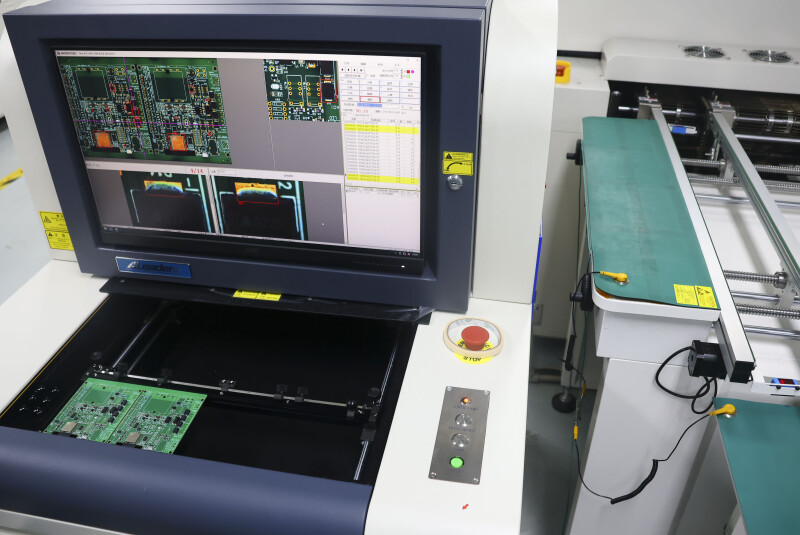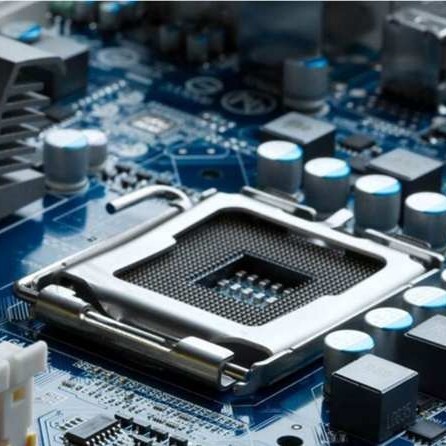PCBA Testing and Quality Assurance
[email protected]
PCB Assembly Testing and Inspection
PCBA testing refers to the testing of conductivity and input/output values on a PCBA board equipped with electronic components.
Why test the PCBA?
In PCB design, there are numerical relationships among different test points such as voltage and current. However, the production and processing process of PCBA is extremely complex, involving many important procedures such as PCB manufacturing technology, component procurement, inspection, SMT assembly, and immersion PCBA testing. During the production and processing, various problems may arise due to improper equipment or operation. Therefore, it is necessary to use professional testing equipment or manual multimeters to test the test points to verify whether the actual PCBA board meets the design requirements and ensure that no quality problems occur with each product.
PCBA testing is a key step to ensure the quality of production and delivery. According to the test point plan and test steps designed by the customer, the FCT test fixture is fabricated, and then the PCBA board is placed on the FCT test frame to complete the test.
Testing is crucial for ensuring the delivery of high-quality products to customers. Fortunately, circuit board assemblers offer multiple layers of testing and inspection to ensure the production of high-quality assembled circuit boards and their delivery to customers. Despite efforts to prevent errors, the assembly of printed circuit boards is a complex process, and sometimes defects related to various issues occur, ranging from incorrect component loading to SMT equipment failure. Thorough testing and inspection are carried out throughout the production process to ensure early detection of problems and guarantee high quality and high output.
Visual inspection of solder paste
Visual inspection is an important factor in ensuring that problems are captured and corrected as early as possible during the process, reducing the time and costs associated with rework and waste. Visual inspection begins with the application of solder. The inspection at this stage is to check the correct deposition of solder paste on the pads to ensure the correct reflow of the components. The tests here help prevent welding bridging, open circuits or fragile joints that are prone to failure.
Pre and Post Reflow Inspection
Pre and post reflow inspection are important elements in quality control. Pre-reflow inspection catches placement errors at a point where they are easy to repair, avoiding repetitive mistakes early in the process. This is important with products like automotive boards where regulatory compliance require that boards cannot be reworked. Components and boards are heat sensitive and detection of errors at this stage can avoid their damage or destruction. Post-reflow inspection can be manual or with AOI.
A ‘first article’ inspection is performed on a run to ensure all SMT feeders are set up correctly and that there are no issues like worn vacuum nozzles or alignment of the vision system. Board assemblers can offer a special ‘First Article Service’ that enables a rapid and cost effective pre-production process by expediting a production of a few boards to designers for testing prior to a full run.
Post reflow BGA inspection and testing, along with other leadless parts require special considerations as the component package shadows solder joints making inspection impractical without special equipment. Inspection can be conducted by a range of devices including: computed-tomography (CT) scanning, specially angled optics microscopes, endoscopes and X-ray machines.
Flying Probe Testing
Flying probe testing is suitable for places where PCB testing fixtures are expensive. The setup cost of flight probes is relatively low, and a testing program can be designed and implemented within one day. Compare the assembled PCB with all placed components and verify it with the measured values on the gold plate. It can perform open circuit, short circuit, direction, and component value circuit checks. This can help verify correct component placement and alignment.
For PCB assembly, in order to ensure high quality, we conduct and provide relevant testing and inspection, including:
Incoming Inspection
First piece inspection for each process
IPQC: Process Quality Control
Quality control: 100% testing and inspection
QA: Conduct QA according to the sample inspection plan
Process: IPC-A-610
Quality management is based on ISO9001:2008, ISO13485:2003, ISO/TS16949:2016, and ISO14001:2004
Automatic Optical Inspection (AOI)
High voltage testing
Online Testing (ICT)
Vibration testing
Functional Testing (FCT)
Combustion test
Reliability testing
Thermal cycle test


